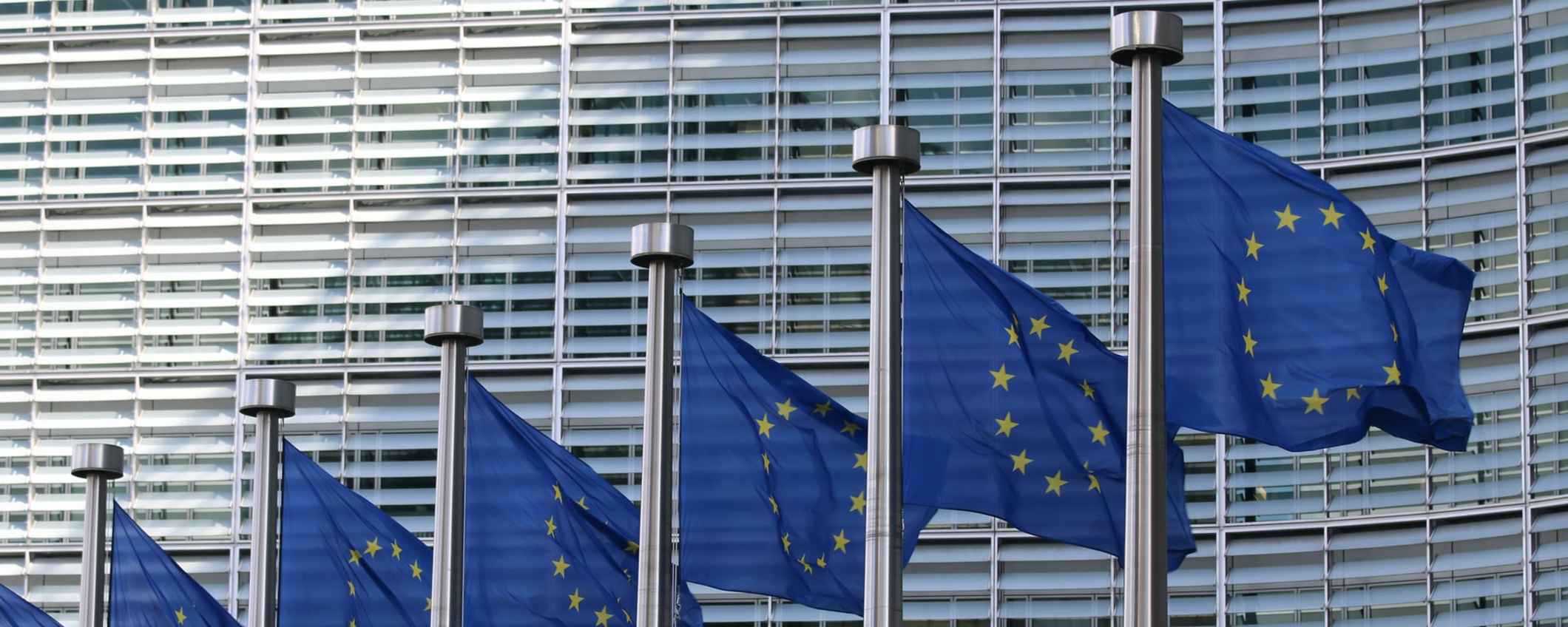A new tool in the fight against greenwashing
Per 21 May 2025, asset managers across the European Union must adhere to the ESMA (European Securities and Markets Authority) Guidelines on fund names. The goal is simple yet powerful: to ensure that funds labelled as ‘sustainable’, ‘green’, ‘impact’ or ‘transition’ reflect these claims in their investments. ESMA’s threshold-based framework sets a standard to provide more clarity to investors, and that managers should now respect.
The first signs of compliance came early. In April alone, over 600 European funds proactively removed any reference to sustainability from their names, according to recent reporting by De Tijd. This suggests a welcome shift in awareness and accountability among fund managers, even before the official enforcement date.
Green names, grey portfolios? The SFDR paradox
At the same time as the new ESMA Guidelines came into force, another wave of critical scrutiny emerged. A recent investigation by Voxeurop and The Guardian revealed that billions of euros in investment funds considered as ‘sustainable’ under SFDR still maintain significant exposure to fossil fuel giants. This casts doubt on the credibility of the current sustainable finance framework.
It’s not the first time regulation has triggered such reassessment. When the Sustainable Finance Disclosure Regulation (SFDR) was first introduced in 2021, similar headlines and market pressure following a collaborative investigation with a dozen European media outlets, including Investico and Follow the Money, led many funds to downgrade their classification. Hundreds of funds moved from article 9 - meant for products with a sustainable investment objective - to article 8, which integrates ESG considerations into the investment process without a binding sustainability target.
At the time, research by Morningstar revealed the extent of this shift: more than 300 funds across Europe reclassified themselves from article 9 to article 8, affecting over USD 175 billion in assets under management. Concerns about what would qualify as a ‘sustainable investment’ in stricter regulatory expectations appeared to be the main driver. The recurrence of such trends suggests that the line between genuine sustainable ambition and marketing strategy remains thin. It raises a critical question: can rules that mainly target transparency and naming conventions truly drive a shift in how capital is allocated?
An impact investor’s commitment
As an investor committed to real-world sustainability outcomes, we welcome ESMA’s Guidelines. They are a necessary course correction in a market where demand for sustainable investments has too often outpaced regulatory clarity. But naming conventions and thresholds are not enough. True impact lies in aligning capital with the transition to a low-carbon, inclusive and resilient economy. This means rigorous screening, forward-looking engagement strategies and honest reporting - not just ticking boxes to meet regulatory minimums.
Can we still meet Europe’s sustainable finance ambitions?
The EU once positioned itself as a global leader in sustainable finance. Upcoming regulatory changes, however, raise serious concerns about whether that ambition is still intact. The Omnibus Directive, rather than reinforcing the integrity of sustainable investing, appears to lean toward deregulation. Its likely effect is not enhanced clarity or ambition, but rather a loosening of the standards that were meant to hold the financial sector accountable for its sustainability claims.
At the same time, the much-anticipated SFDR reviewpresents a crossroads. It offers a chance to correct the misalignments and loopholes that have allowed greenwashing to persist, but only if political will aligns with the original purpose of the regulation: to shift capital toward truly sustainable outcomes. Without meaningful reform, there is a real risk that the framework becomes more about appearance than about substance.
As an impact investor, we believe this is the moment to double down on ambition, not dilute it. Our key priorities in the coming policy debate include:
- Clear definitions of sustainable investments: The ambiguity in the current SFDR framework allows too many interpretations. Definitions must be tight and grounded in science, not left to marketing discretion.
- A distinct regulatory space for impact investing: True impact investing is about measurable, intentional contributions to environmental and social goals. This must be reflected in regulation and kept separate from ESG integration strategies.
- Consistency across the regulatory ecosystem: Misalignment between SFDR, EU Taxonomy and ESMA guidance continues to breed confusion and weakens enforcement. A harmonised framework is essential.
- Stronger integration of social and biodiversity metrics: Sustainability cannot be reduced to carbon alone. The EU must take leadership in embedding broader environmental and social indicators, including nature loss and human rights.
Looking ahead: Vigilance and leadership required
We urge investors to look beyond the marketing and ask tougher questions. Does a fund’s sustainability claim hold up under scrutiny? What is its engagement strategy? Are climate risks managed across the full portfolio - not just in a small ‘green’ sleeve?
The ESMA Guidelines are a step forward, but they must be matched by equally robust action across the entire investment value chain. As impact investors, we remain steadfast in our mission to deliver not just financial returns, but tangible progress on the world’s most urgent challenges. Together, we can move from a landscape of sustainability claims to one of sustainable outcomes.


